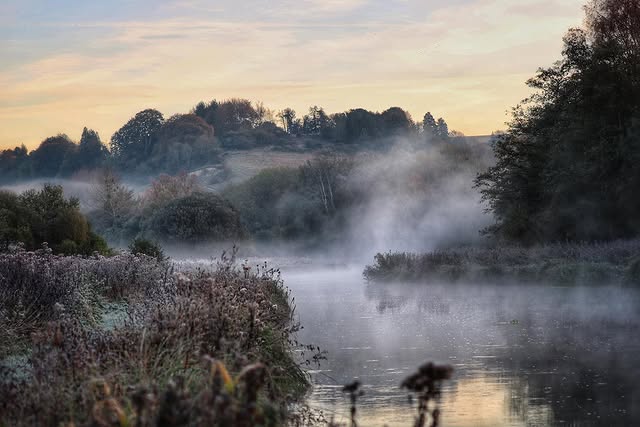Fly fishing for chalk stream trout, a river keepers tips
We reached out to Nick Parker, aka the @hampshireriverkeeper. His father won a job as a river keeper on a coin toss over 35 years ago, and today Nick is in the business of looking after chalk streams and guiding anglers. In this conservation we learned about how he works out which fly patterns to use, how he identifies trout-holding areas, how the river is looked after, and the challenges it faces.
Full credit for all photos and videos is to Nick. You can buy flies from his website here. Thank you to Nick for taking the time to chat with us.
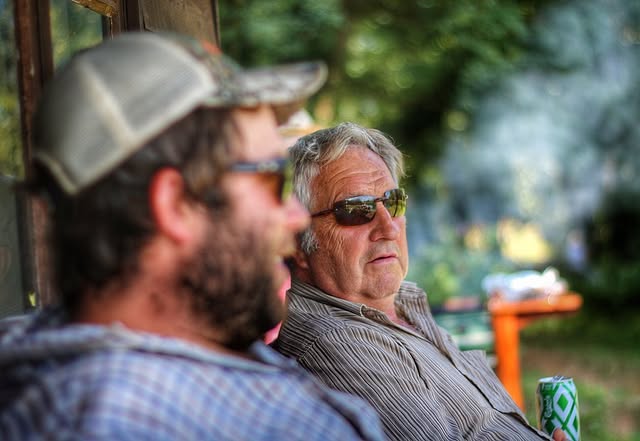
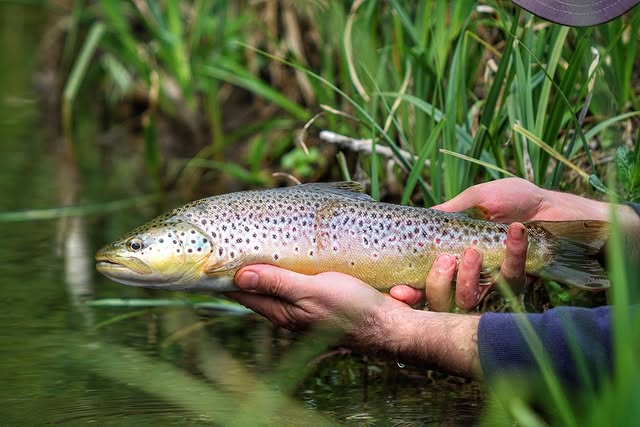
Trout fishing the chalkstreams – the first hatches of spring
“When choosing flies, we’re matching the hatch. The best way to do it is to look at a cobweb on a bridge. You can decipher what’s hatched the day before, if the spiders haven’t eaten them all. If there’s no visible fly around at that point in time, you can see what’s hatched the day before. Lots of flies will only fly the water course to drop their eggs. So you can be stood on the bank and not necessarily see anything, but they’re present up the river.”
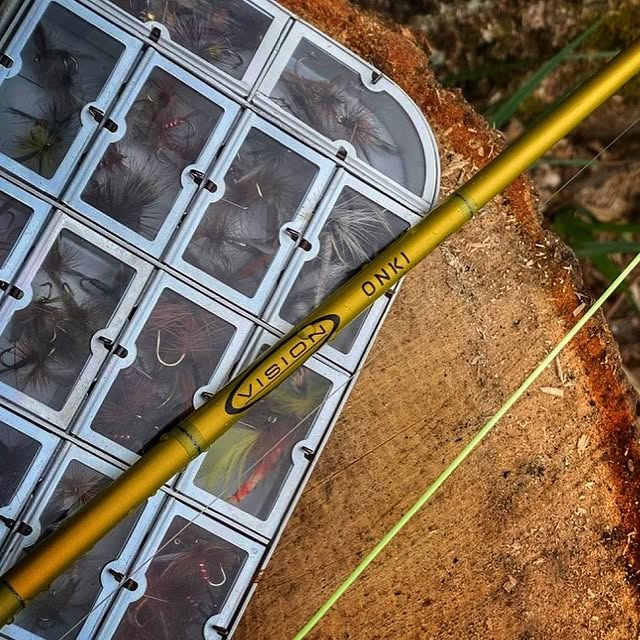
“Hawthorn fly and Granonom are the two hatches that kick the trout season off. We’ve got a lot of granom at the minute (early May 2025), which is a small species of sedge. And this year, especially, there’s been the biggest grannom hatch anyone’s ever seen on the river.
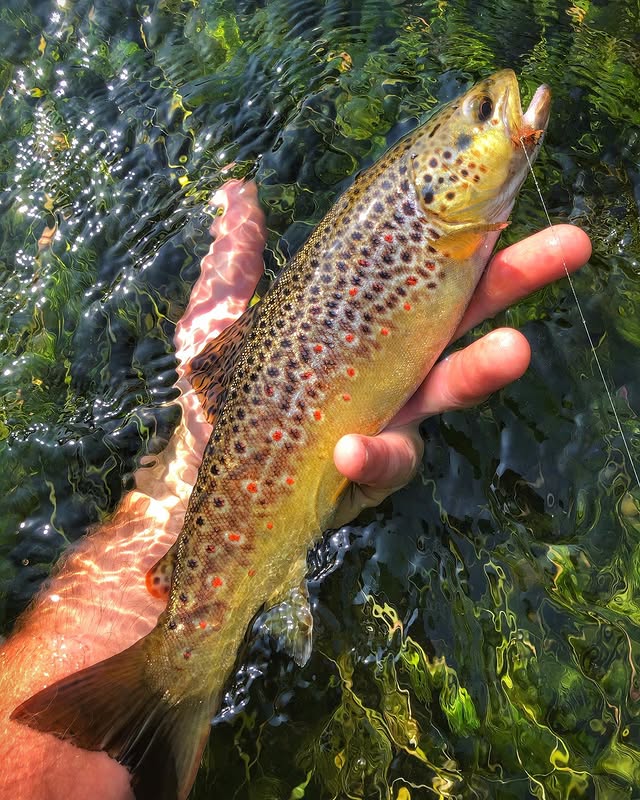
Trout Fishing Technique
The technique for targeting chalk stream trout stays the same, it’s the fly pattern that changes.
On the chalkstream, we are casting upstream to a rising fish. It’s a waiting game. You’ll sit, wait, see if you can see a fish rising, then you’ve got to try and work out what it’s rising to, and then try and match that fly. That’s half the battle.”
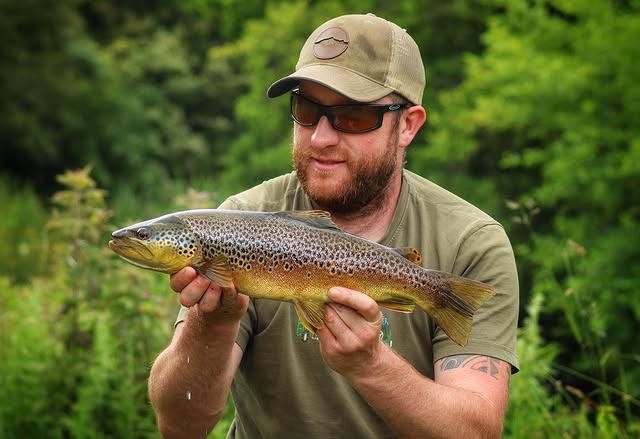
“Sometimes they can be so picky and so tuned into one species of fly that’s hatching that they won’t take anything else.
“So I get a lot of that in the summer where the big hatch is a blue ringed olive, and that is all they’ll take… You could throw a daddy long legs at them, or a big sedge, even if there are those real flies about – they just won’t take it. They’re very, very selective.”
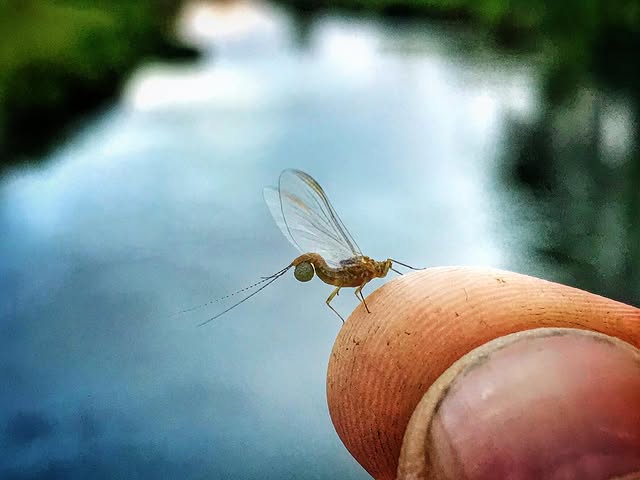
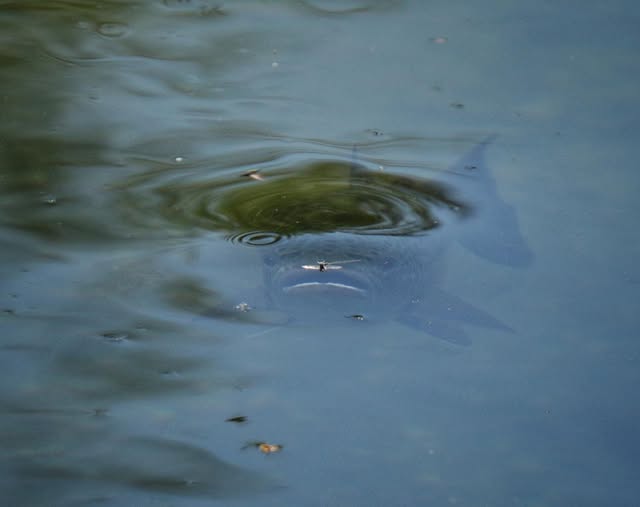
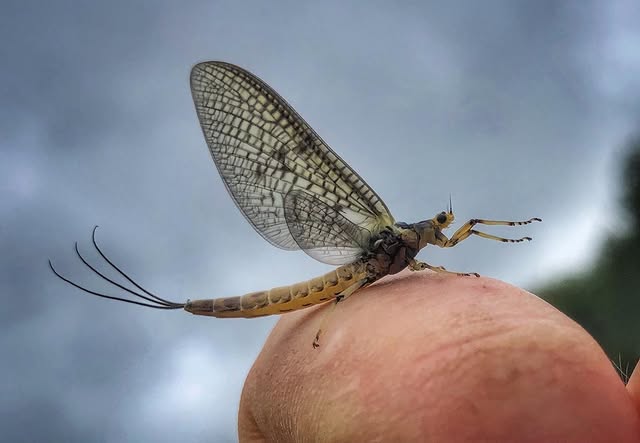
Fly fishing set up for chalkstream trout
We use 9ft, four-weight fly rods for the trout. Just like with the pike rods, you want a fast action. You don’t want anything too sloppy. Nice, tippy action. Enough to set the hook as you strike, because you want to be straight on it.
Regarding leaders, we use 4lb max breaking strain 9-10 foot tapered leaders: It just helps the fly turn over and land in a presentable way, so it doesn’t splash in the water too much.”
“I don’t usually fish anything heavier than four pound line. Obviously, the water goes clearer as the summer progresses. At the minute, it’s a bit dirty because we’ve got to have an algal bloom. So you could get away with slightly heavier line. But four pounds sometimes step it down to three, if it’s really clear.”
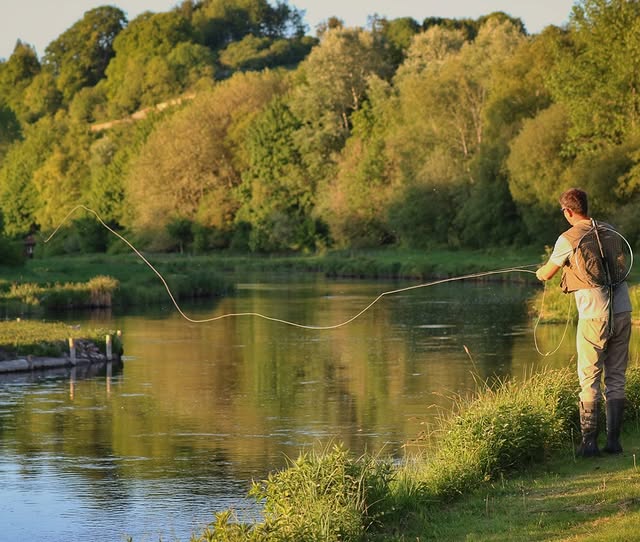
A challenge of August & September
“August, September is when the rivers is lowest and clearest, and trout have got such good eyesight that you cast to a fly and the line’s too thick, they’ll see the line, and they’ll just follow the fly, but they know something’s wrong. They just won’t take it.”
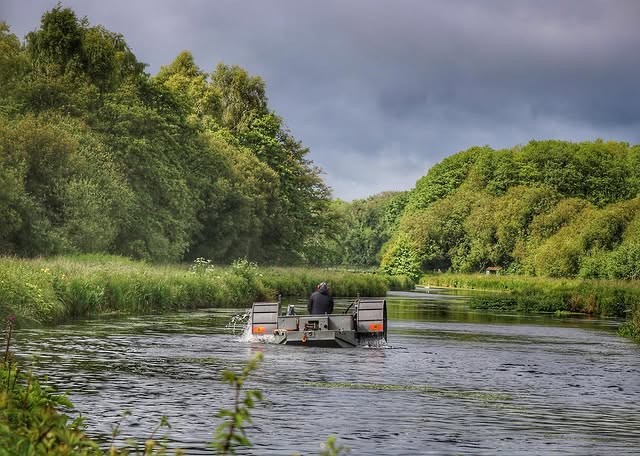
Identifying egg-laying hotspots for insects
“These flies only fly the water course, and they love to lay their eggs above a broken bit of water. Just upstream of the bridge, it’s a big weir, and it’s an ideal sort of egg laying area for these flies. So you get balls of millions of flies all dropping their eggs, and then the females die and just float downstream. You get this sort of conveyor belt of food going down beyond this weir to all the trout that are queued up waiting.
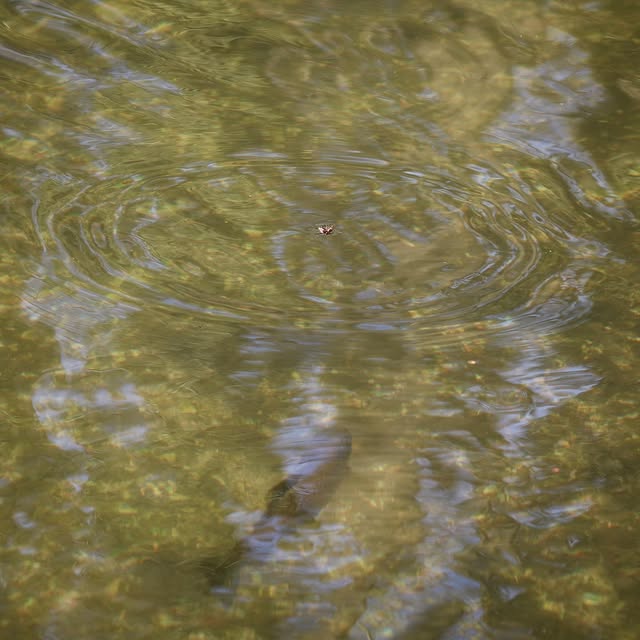
Summer Heat and Fish Behavior
“The main factor impacting the fish is the water temperature, which is more significant than the river level height. As soon as the temperature starts getting up, it dissolves the oxygen in the water, and the fish struggle to breathe. So they become very lethargic, not hungry at all. They won’t feed.
“On a hot day, or if you’ve had a hot week, you’re waiting for the sun to get off the water and the water temperature just to drop down by a couple of degrees and then start feeding again.”
“A lot of the rivers are exposed to direct sunlight, where people have removed a lot of trees from the margin. This causes it to heat up, and the fish to become lethargic.”
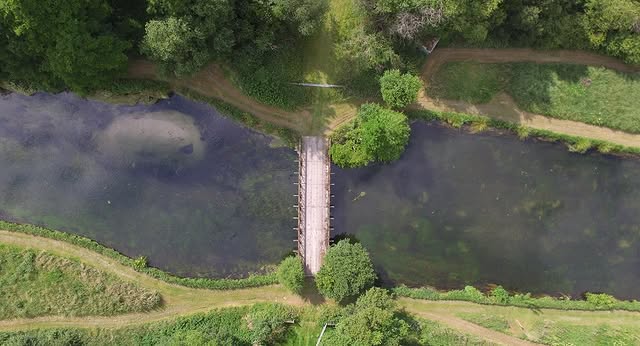
When the water’s warmer, the trout are hyperactive around dusk
“We had a hot summer a few years ago. And the evening, you can fish all day, and you wouldn’t see a rising fish. And then come the evening, as soon as the sun got off the water, you’d get a huge migration of flying going upstream, and all of a sudden, all the fish would start rising just before it got dark. So you’d have a frenzy of sort of about an hour in the twilight of these rising fish, sometimes it go on into darkness. You could just hear them take it.”
Pretty much most of the summer that happens (the trout rising to flies much more actively around dusk) , and you can set your watch by it. It begins sort of late June through July, August, and then it starts to dwindle out in early September. “
“As soon as the sun goes down on the horizon, it’s about half an hour after that, these fish start rising. You can almost set your watch by it. If you get a nice, hot day, within the space of five minutes, all these fish start rising.”
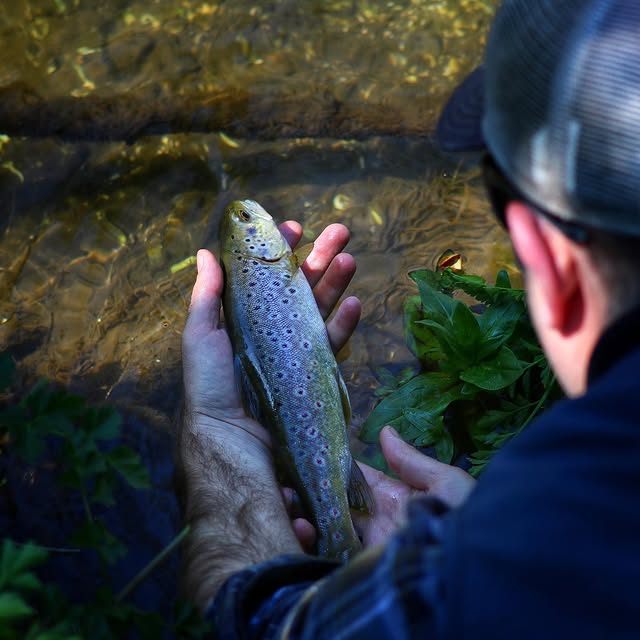
Then, there should be a salmon run. But in the next 10 years, I’m confident I won’t see a single salmon in the test.
“We’re saying to the Environment Agency for the last 10 years that there’s a massive problem here. They’re going to disappear, and now they’re just starting to think about it — ‘Oh, should we start reintroducing them?’ And it’s too late. I mean, in the next 10 years, I won’t see a salmon in the Test.”
“On the COVID year, there was loads — like, where the whole world had shut down and there weren’t any trawlers around — we had a huge run of salmon come up the river, and it was a record year.”
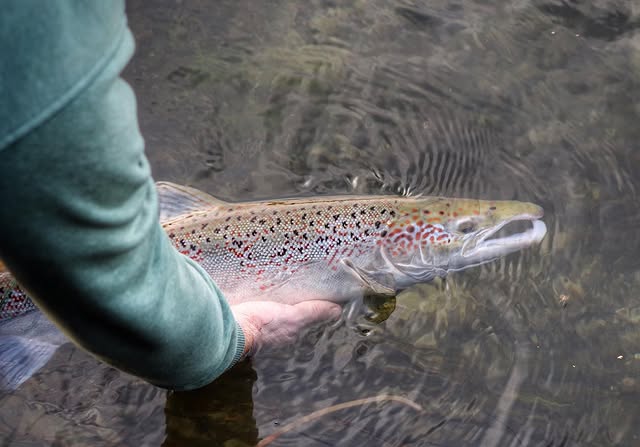
“A lot of these adult fish are getting netted at sea. They’re getting scooped up by trawlers and stuff — they’re hoovering up the shoals of sprats and herring, because they obviously follow them around for food, and all these salmon are just thrown over the edge as bycatch.”
“There’s a lot of seals down in the estuary. So, you get the adult salmon trying to run back into the river in the summertime — they get eaten by a seal, and you’ve got all these juvenile salmon in the river that are getting eaten by predatory birds, so they don’t really stand a chance.”
“We had a lot of rain in September, then it poured down for about two days, and the river came up by about four inches, which is quite a large lift for here — and then dropped off and cleared up. And I counted 40 salmon on the beat, sat on every little patch of gravel — there was a salmon. And that was the COVID year. And then ever since, there’s been nothing like that. Every angle you look at them, everything’s against them. Sadly.”
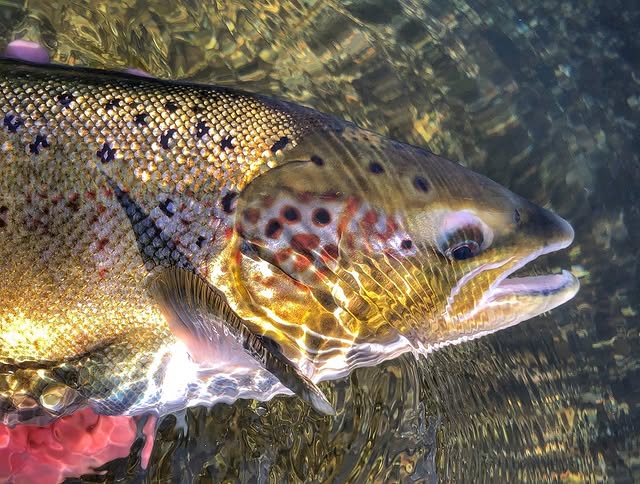
More reliable perhaps than the salmon, is the winter sewage
“They have discharged sewage every single winter for the last 16 years. All the keepers, for as long as I’ve known, have said it happens every winter. So, yeah, they’ve got this license where they can just get rid of it. They just pump it into the river.”
“About 10 miles north of where I am — not this winter just gone, the previous one — but we had even higher water than we do now. They were pumping untreated sewage into the river for, I think it was about three and a half months continuously.”
It killed everything.
I mean, me and my brother — we did like a kick sample, where you monitor the invertebrates. You stir up the gravel, and downstream, you hold a little net in the water. You do that for five minutes in the river, get the net out and have a look at all the little bugs that you’ve got.”
“We did a sample from the riverbed opposite the pipe, and then we did a sample to the riverbed about 50 yards downstream of the pipe. The difference between the two was horrendous.
The one where there was no blue pipe — there was just an abundance of everything in there: loads of invertebrates of all kinds, loads of mayfly nymphs, blue-winged olives, all sorts of stuff. The one below the pipe was 75% dead. There were a couple of dead fish in there. The impact it had on all the aquatic life was phenomenal.”
Thank you Nick @hampshireriverkeeper for sharing your knowledge of the chalkstreams with FISHMAG readers. All photos and videos belong to Nick. You can buy flies from his website here.
